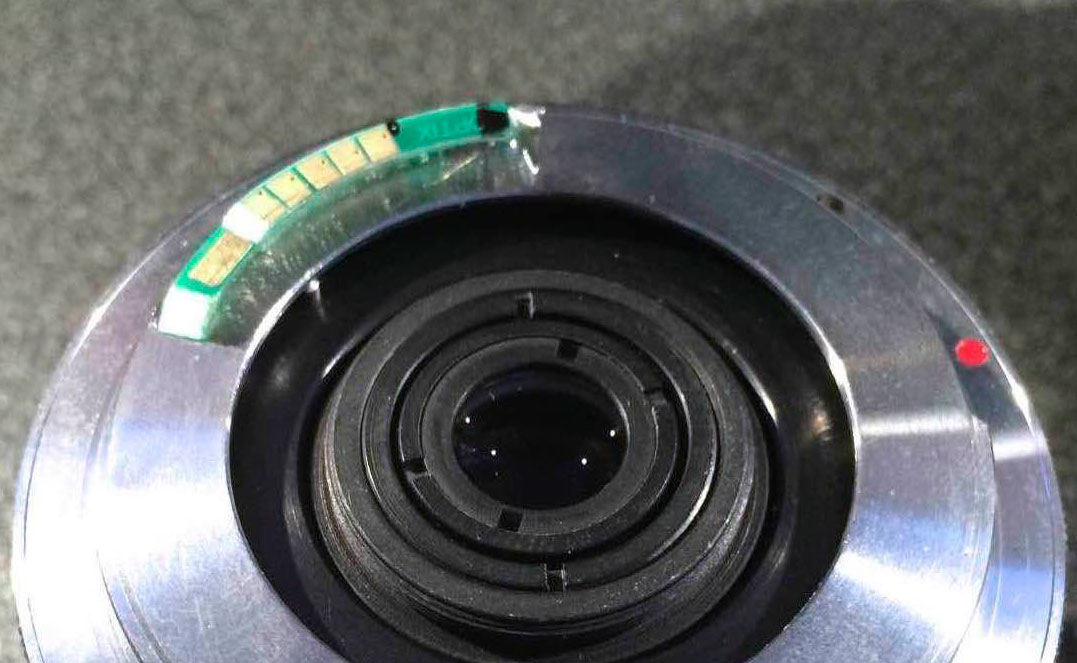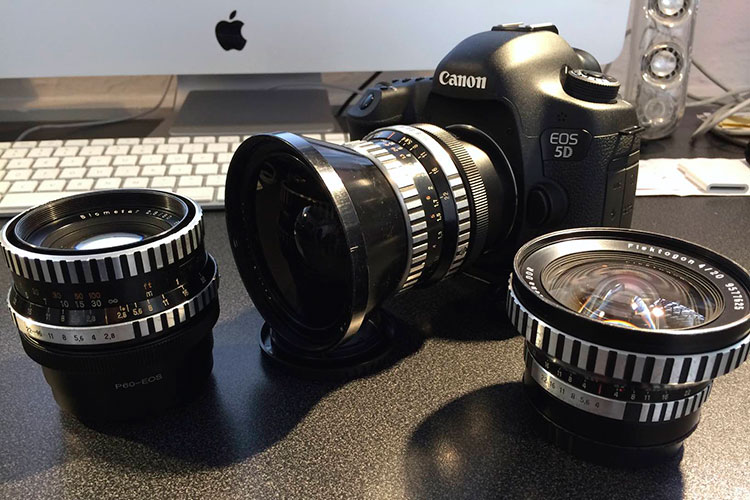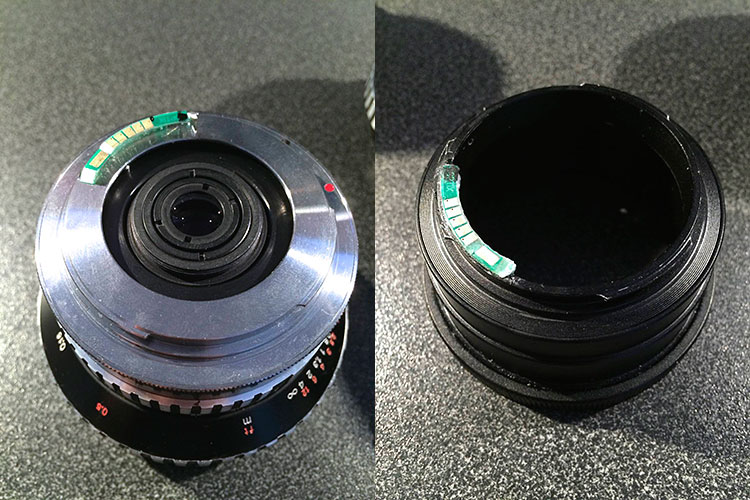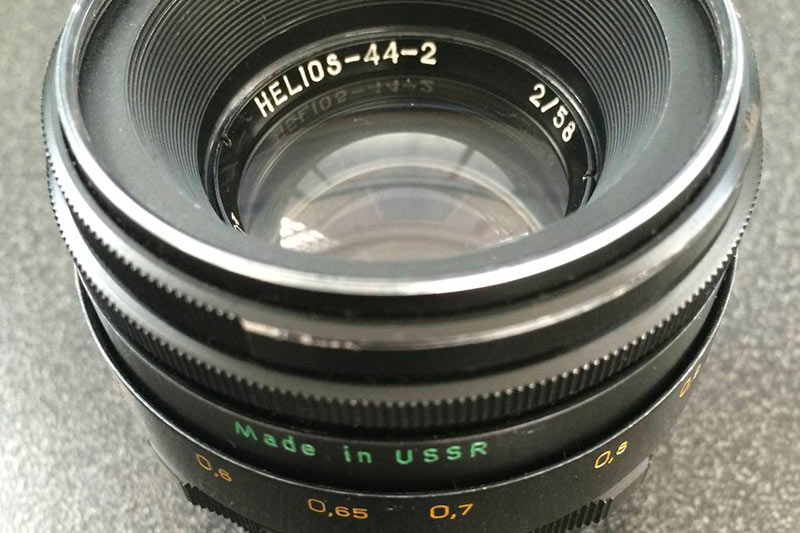
The OptixPCB AF Confirm Chip
Probably the single biggest challenge using a manual focus lens on a modern DSLR camera is finding sharp focus. The focus screen seen inside the viewfinder of modern cameras tends to be optimised for auto-focus lenses and therefore lacks some of the manual focus aids (like split prisms) found on camera bodies past. I’ve considered replacing the focus screen on my 5D3 with one designed for faster manual focus lenses but that’s a less than ideal solution as it would likely throw off exposure metering and may be obscured by the electronic overlay anyway.
Another way to judge focus is to use the camera’s built in focus confirm function. Focus confirm gives an audible beep and a visual flash on the viewfinder overlay when optimum focus is achieved. This works great when using electronic focus lenses in manual focus mode but unfortunately, this feature isn’t available on vintage manual lenses which lack electronic communication with the camera. Enter the OptixPCB chip which once glued to the right spot on the lens adapter, fools the camera into thinking a Canon electronic lens has been attached.

Vintage Carl Zeiss Jena lenses with ‘chipped’ adapters
Modern electronic lenses are a complex extension of the camera body itself. Not only do the electronic contacts provide power/control for the auto focus motor and aperture, they also report back information to the camera about the lens and its state. Vintage manual lenses obviously lack this capability and just because you slap a chip on the back of it doesn’t magically turn it into an auto focus lens. It does, however, allow the reporting back of information to the camera and most importantly, enables the auto focus confirm function to work.
Now there are a number of these chips available from places like eBay which either come built in to the adapter ring or are available separately to glue on yourself. However, not all chips are created equal and Canon have a track record of discouraging these type of after market accessories by blocking their use in camera firmware updates. I ordered two different low cost adapters for my 5D3 from eBay sellers advertising compatibility only to find the latest firmware disables them from working. I finally found a chip that does work from http://www.optixpcb.com but it cost more than my £20 Helios LOL
The Optix chip is a clever bit of kit. It’s programmable! That’s right, you can actually send commands to it using the DOF preview button on the camera. By dialling in different aperture values and then hitting the DOF button, you can assign settings to the chip such as focal length and maximum aperture which can then be baked into the meta info on your photos. The latest version (v6) supports micro focus adjustments and can store 3 different lens settings. It even has a clever new feature that enables the chip to tell the camera it’s a full auto focus lens. It isn’t of course but what it means is the camera can fire off the shutter immediately when focus is acquired. It takes a bit of practice but can further increase accuracy especially when shooting wide open with very shallow depths of field.

Left – Optix EOS-M42 adapter Right – Optix EOS-PentaconSix adapter
Since first purchasing the Optix chip already installed on an EOS-M42 adapter for the Helios, I’ve also picked up a chip only version to install on an EOS-Pentacon 6 adapter. A word of warning; DON’T use superglue! It should have been obvious but superglue tends to out gas when drying and leaves a nasty cloudy residue behind. In my case, the residue covered the contacts and it took a bit of cleaning with rubbing alcohol to get it off. At first I thought I’d trashed the chip. An epoxy type glue would probably have been the better choice. Otherwise, it was pretty simple to install.
I’m more than happy using auto confirm with manual lenses and wouldn’t want to shoot stills now without it. I appreciate the camera being able to reinforce what my eye is already seeing and I’ve greatly increased my keeper rate since shooting with the chipped adapters. The Optix chips are pricy compared to cheaper offerings but they simply deliver where others don’t and the programmable features such as micro adjustments and storing multiple lens settings certainly offsets the cost.
Zeiss Jena (Zebras) - Sample Footage
Zeiss Jena Sonnar
You May Also Like

Adapting a Soviet Helios Lens to work with a Canon 5D3…
September 21, 2014
